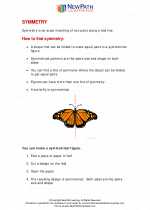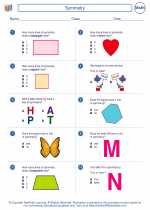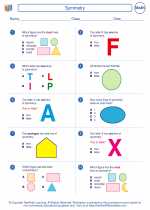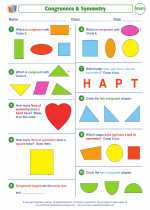Holidays
Holidays are special days or periods of time that are set aside for a specific purpose, such as commemorating an event, celebrating a tradition, or honoring a person or group. Holidays are often marked by various customs, rituals, and festivities.
Types of Holidays
Holidays can be categorized into various types:
- National Holidays: These are holidays that are recognized and celebrated across an entire country, such as Independence Day or National Day.
- Religious Holidays: These holidays are based on religious traditions and may vary depending on the religious beliefs of individuals or communities, such as Christmas, Eid al-Fitr, or Diwali.
- Cultural Holidays: These holidays are specific to certain cultural or ethnic groups and may include celebrations like Lunar New Year, Cinco de Mayo, or Oktoberfest.
- Personal Holidays: These are individual or family-specific holidays, such as birthdays, anniversaries, or special achievements.
Significance of Holidays
Holidays serve several important purposes:
- They provide an opportunity for people to rest, relax, and spend time with loved ones.
- They help preserve and pass on cultural and religious traditions from one generation to another.
- They often promote unity and a sense of national or community pride.
- They can also encourage reflection, gratitude, and acts of kindness.
Celebrating Holidays
Celebrations of holidays can include a wide range of activities:
- Decorating homes or public spaces
- Preparing and enjoying special foods and drinks
- Attending religious services or cultural performances
- Participating in parades, fireworks displays, or other public events
- Exchanging gifts or participating in acts of charity
Overall, holidays play a significant role in shaping and enriching the cultural, social, and personal experiences of people around the world.
.◂Math Worksheets and Study Guides Third Grade. Symmetry
Study Guide Symmetry
Symmetry  Worksheet/Answer key
Worksheet/Answer key Symmetry
Symmetry  Worksheet/Answer key
Worksheet/Answer key Symmetry
Symmetry  Worksheet/Answer key
Worksheet/Answer key Symmetry
Symmetry  Worksheet/Answer key
Worksheet/Answer key Congruence and Symmetry
Congruence and Symmetry 

 Worksheet/Answer key
Worksheet/Answer key
 Worksheet/Answer key
Worksheet/Answer key
 Worksheet/Answer key
Worksheet/Answer key
 Worksheet/Answer key
Worksheet/Answer key

The resources above cover the following skills:
Geometry (NCTM)
Analyze characteristics and properties of two- and three-dimensional geometric shapes and develop mathematical arguments about geometric relationships.
Identify, compare, and analyze attributes of two- and three-dimensional shapes and develop vocabulary to describe the attributes.
Apply transformations and use symmetry to analyze mathematical situations.
Identify and describe line and rotational symmetry in two- and three-dimensional shapes and designs.